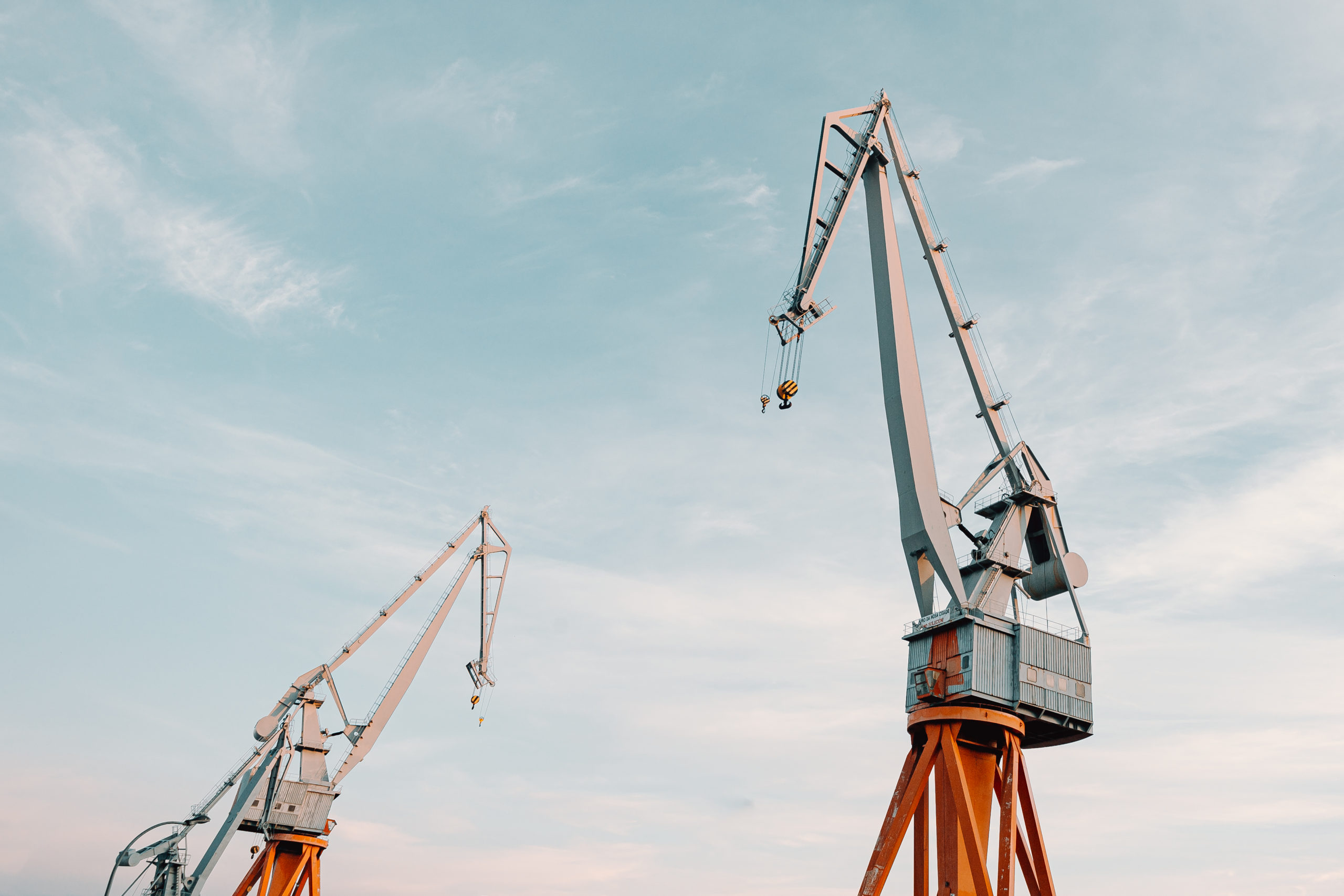Modular construction provides developers an opportunity to streamline construction, increasing efficiency, and reducing the development timeline. However, because the modular components are constructed offsite, and don’t reside at the development site, they are not a part of the construction lender’s collateral. This challenge requires both lenders and developers to consider the sufficiency of the collateral for their modular construction loans.
The natural tension in the exchange stems from the fact that lenders don’t want to disburse funds until the modular components are finished and onsite – but developers want the funds sooner, to pay for the construction of the modular components, located offsite.
Treating the offsite modular components and materials as “goods” under a UCC filing is one potential solution to the challenge. The filing enables the bank to take the offsite modular components as collateral. However, this process requires additional inspections, paperwork, time, and may not be seen as viable to the lender.
Another solution sees the lender advance funds only for onsite collateral. In this case, the sponsor/developer must raise sufficient additional working capital to pay for the modular materials and their offsite assembly. After each section of the modular project is completed and delivered on site, the lender reimburses the developer for those costs. The developer repeats this offsite payment and assembly process until project delivers. The economic drag associated with this extra-large equity contribution potentially eliminates the economic gains associated with the compressed timeline in some modular processes.
For build for rent (“BFR”) projects, lenders may integrate a revolving line into the construction loan. In this case, the land, which often holds substantial improvements, is sufficient collateral for the lenders to advance dollars against the offsite modular costs. After the initial equity requirements are met, loan proceeds can be used to advance the modular construction.
Additionally, as the project progresses and the collateral pool expands, the revolving line can be increased. Altogether with the land/construction loan and a revolving line, a lender might lend up to 80% LTV. It is important to note that the initial equity paid to the factory for modular development is returned last (first in/last out).
Although modular development can provide some benefits and accelerated timelines versus traditional construction, don’t overlook the financing challenges associated with the fact that offsite modular components are not part of the real estate collateral.
